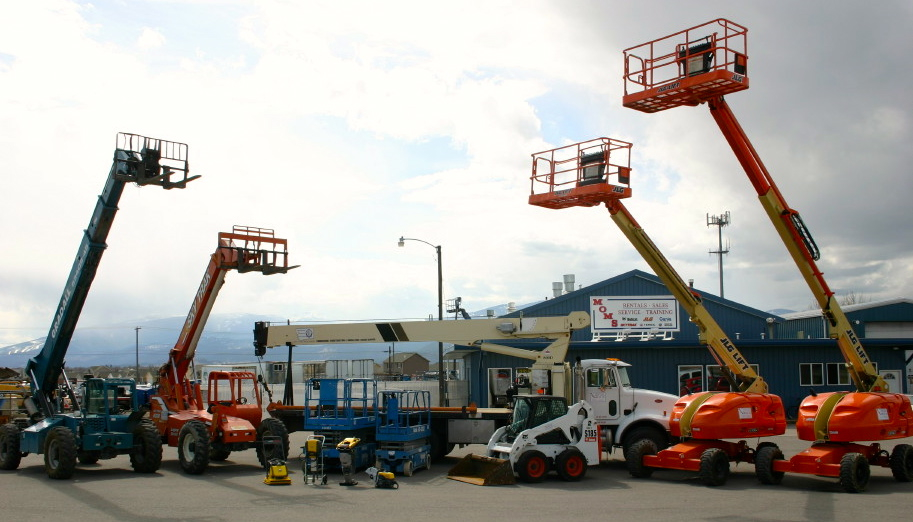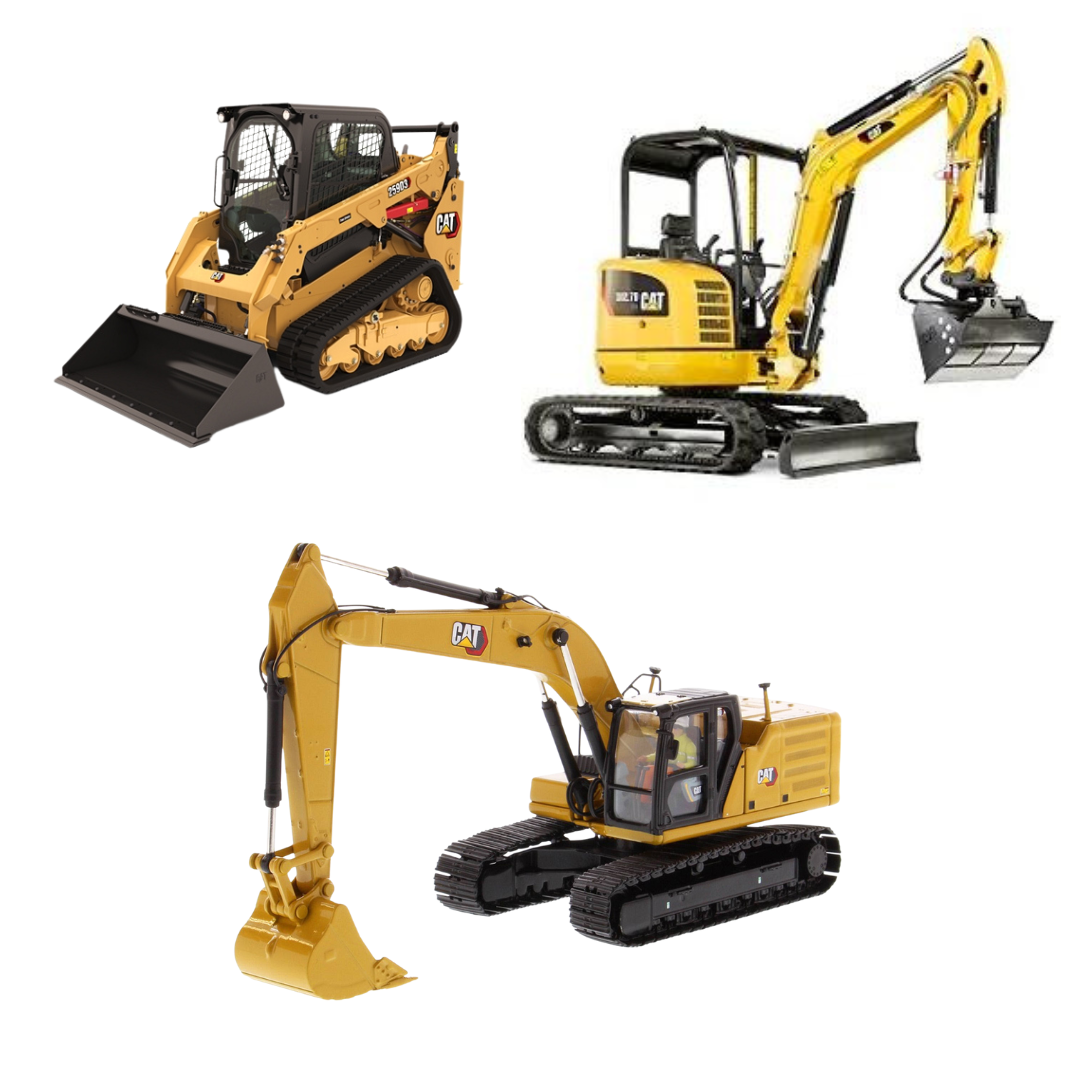Heavy Equipment Rental: Big Equipment for Any Type Of Construction Task
Heavy Equipment Rental: Big Equipment for Any Type Of Construction Task
Blog Article
Optimize Your Budget Plan by Comprehending the Expenses Linked With Construction Tools Services
Understanding the complete range of costs associated with building equipment services is crucial for optimizing your budget plan. What methods can be utilized to successfully take care of these costs and guarantee a more efficient rental experience?
Summary of Rental Costs
When taking into consideration construction devices rentals, comprehending the linked prices is critical for reliable budgeting and task preparation. Rental prices can vary substantially based on numerous factors, consisting of devices kind, duration of leasing, and place. The initial rental fee frequently mirrors the equipment's market demand and its linked operational capacities, affecting the general expense.
Along with the base rental rate, supplementary prices may emerge, such as transportation charges, gas surcharges, and upkeep costs. It is essential to make up these extra expenditures to accurately assess the overall expense of leasing tools. The rental duration can impact rates; longer leasings may qualify for reduced rates, while temporary rentals might incur higher everyday charges.

Malfunction of Rental Rates
An extensive understanding of rental prices is essential for contractors and project supervisors aiming to optimize their budgets. Rental prices for building devices typically contain several components, including base rates, time-based costs, and use costs.
Base prices are the core fees related to the service of the tools, frequently established by the type and dimension of the machinery. These prices can vary considerably, affected by variables such as devices demand, schedule, and regional market fads. Time-based fees, which may be daily, weekly, or monthly, offer to accommodate various project timelines and rental periods.
Furthermore, rental prices might include use fees, which apply when equipment is used beyond a defined threshold, making certain that the rental business can account for wear and tear. Seasonal need changes can also impact rental prices, with peak building periods usually regulating higher rates.
Furthermore, recognizing the rental company's plans pertaining to maintenance and insurance coverage can provide additional insight into the overall expense structure. By evaluating these parts, specialists can make enlightened choices, guaranteeing the option of rental tools aligns with both job requirements and budget restraints.
Extra Costs to Take Into Consideration
Recognizing the intricacies of additional fees is essential for professionals to handle their total service expenditures properly. Past the standard rental rates, numerous supplementary costs can significantly influence the overall expense of devices rental. These fees frequently include delivery and pick-up costs, which can differ based on distance and logistics associated with transferring the equipment to and from the work website.
Additionally, some rental business may impose gas additional charges if the devices is returned with less gas than when leased. It is likewise vital to recognize potential cleansing charges, particularly for customized tools that needs extensive maintenance after usage.

Extensively examining the rental agreement and making clear these extra fees in advance can help service providers prevent unexpected costs and make certain that spending plans stay undamaged throughout the task lifecycle.
Maintenance and Fixing Expenses
Routine repair and maintenance expenditures are usually neglected variables that can considerably affect the overall expense of building and construction equipment services. When renting devices, it is critical to think about not only the rental fees however additionally the potential expenses linked with keeping the equipment in optimal operating condition.
Numerous rental companies consist of standard maintenance as component of the rental agreement; nonetheless, extra unforeseen failures or extensive repair work can result in extra expenditures. It's vital to examine the rental agreement meticulously to recognize what maintenance solutions are covered and what responsibilities fall on the tenant.
Moreover, devices that is not well-kept can cause inadequacies on the work website, possibly creating delays and raising task expenses. To mitigate these risks, it is advisable to conduct normal examinations and preserve open anonymous interaction with the rental supplier concerning any kind of issues that emerge during use.
Insurance and Liability Expenses
Insurance policy and responsibility expenses are vital components that can substantially affect the general expenditure of building and construction devices rentals (aerial lift rental). These expenses guarantee that both the rental company and the customer are safeguarded from potential monetary losses occurring from accidents, damage, or burglary throughout the rental period

Additionally, clients need to be conscious of any kind of deductibles or exemptions in the insurance plan, as these can affect prospective out-of-pocket costs. Comprehending the conditions of any insurance coverage is crucial to avoid unanticipated prices. Eventually, budgeting for insurance policy and responsibility expenditures can aid make sure a smoother rental experience and safeguard against economic risks connected with building tasks.
Final Thought
To conclude, a detailed understanding of the costs related to construction tools services is essential for effective spending plan administration. By evaluating rental rates, additional costs, upkeep expenditures, and insurance companies, individuals and demands can minimize unforeseen expenses. This calculated method not just enhances cost-effectiveness yet additionally makes sure that tasks progress efficiently and efficiently. Inevitably, educated decision-making regarding equipment services adds to the overall success of building and construction ventures.
Rental prices can vary considerably based on a number of elements, consisting of equipment type, duration of service, and location (forklift rental). The rental duration can impact prices; longer rentals may certify Visit This Link for affordable rates, while temporary leasings could incur higher everyday fees
By performing detailed study and involving with credible rental companies, service providers can properly navigate the complexities of rental prices, ultimately maximizing their economic resources.
Beyond the typical rental prices, various supplementary costs can dramatically affect the overall expense of equipment rental. Rental firms usually offer responsibility insurance that covers injuries to 3rd parties or damages to building, while equipment damage insurance policy can cover the price of repair work or replacement if the leased tools is harmed.
Report this page